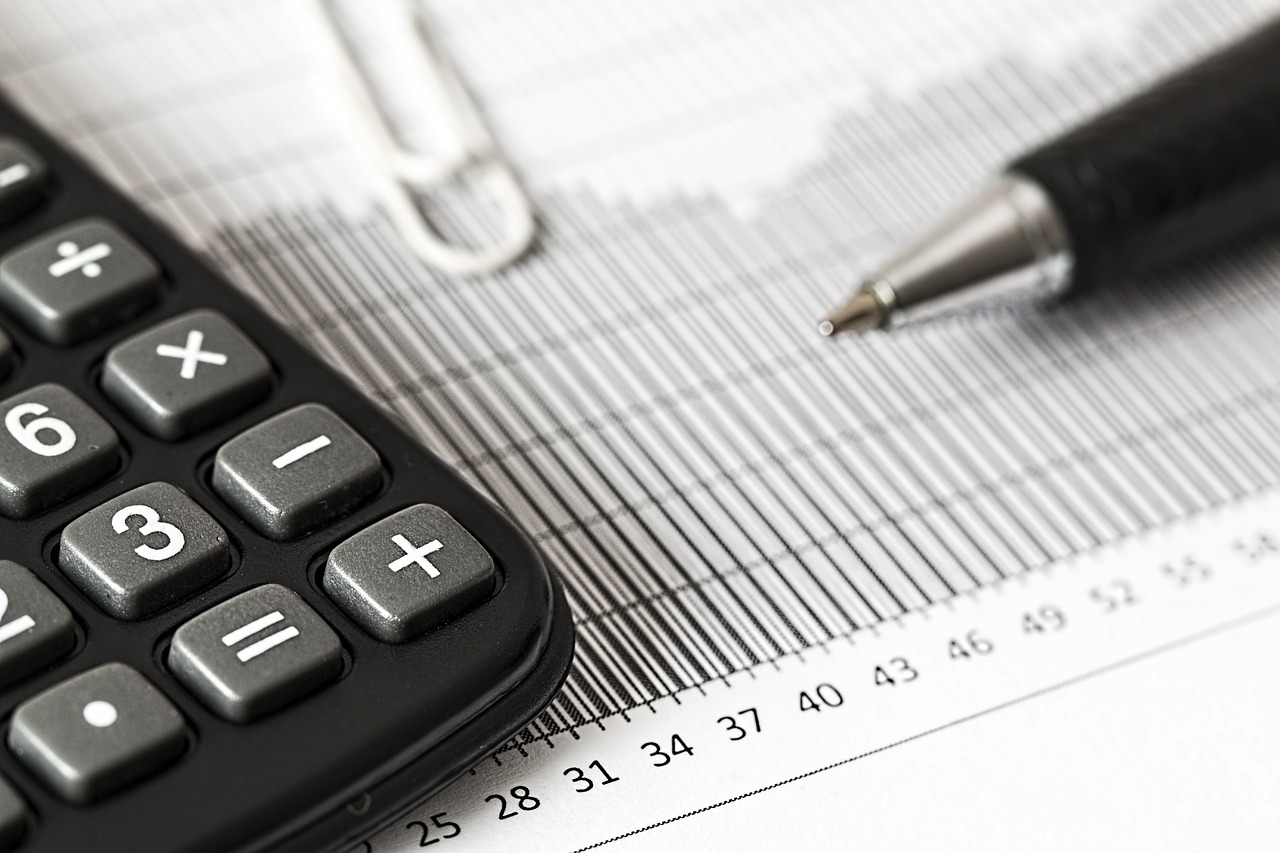Innovative remote patient monitoring devices are on the rise and with each passing day more and more physicians are taking advantage of the countless benefits of RPM by bringing them into their practice. However, while RPM can be a successful, worthwhile investment for your practice, it’s important to understand how the reimbursement practice works. In this post we’ll answer some important frequently asked questions regarding RPM reimbursement.
Who is RPM for?
RPM can be beneficial for both new and established patients with varying conditions. Generally, RPM is most commonly used amongst those with chronic conditions. Care for chronic conditions is a pressing and ever-growing market, as the CDC reports that approximately 60% of Americans suffer from at least one chronic condition, while 40% have two or more.
Who covers RPM costs?
RPM is covered by Medicare and most private payers. Additionally, as of 2020, Medicaid programs in 34 states also cover RPM.
How does RPM reimbursement work and what are CPT codes?
The American Medical Association has established five major CPT codes commonly used for RPM billing. These codes are CPT 99091, 99453, 99454, 99457, and 99458. We’ve written a separate post about 2023 CPT code reimbursement rates, but below is a chart with a summary of each CPT code’s function and average rate in 2023.
| Code | What It Covers | 2023 Rate |
|---|---|---|
| 99091 | Collection and interpretation of remotely collected data | $54 |
| 99453 | Initial set-up time, including onboarding | $19 |
| 99454 | Supply and use of the remote patient monitoring devices | $50 |
| 99457 | Time spent by physicians monitoring and interpreting patient data | $48 |
| 99458 | Additional time spent by the physician monitoring and interpreting data | $39 |
Are there co-pays with RPM?
Yes, there are typically co-pays for RPM charges.
Is there anything else I should know about RPM reimbursement?
There are certain requirements for the different billing codes, such as how patients are required to be monitored for a 16 day minimum before billing CPT 99454, so it’s important to know the specifics of each of the RPM CPT codes. Further, in order to bill for RPM, you must confirm that your RPM devices match up to the medical device definition provided by the U.S. Food and Drug Administration.
Once you get RPM set up within your practice, monitoring and subsequent is quick, easy, and accessible. Check out eDevice’s trusted remote patient monitoring solutions to bring into your practice today.




